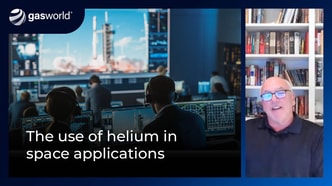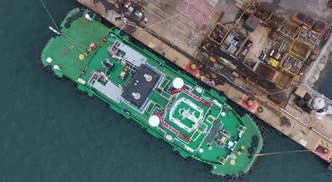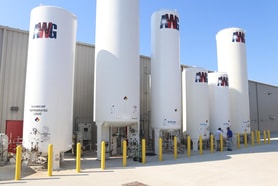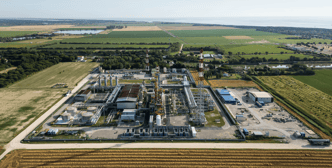Understanding in-line deflagration and detonation in process safety
Flammable gas mixtures can burn in different ways, depending on their chemical composition, pressure, turbulence, and the shape of the space in which they ignite. These combustion behaviours are a critical consideration when designing protective devices such as flame arresters.
An explosion is a rapid oxidation or decomposition reaction that produces a sudden rise in temperature, pressure, or both. A deflagration is a type of explosion that travels at subsonic speed, while a detonation moves faster than the speed of sound.
In pipelines, an in-line deflagration is a flame front that moves along the axis of the pipe, preceded by a pressure wave. Its speed can range from slow to near sonic levels, influenced by factors such as the fuel-to-air ratio, pipe diameter, obstructions, and turbulence.
Under certain conditions, an in-line deflagration can develop into an in-line detonation through deflagration to detonation transition. In this process, the flame front and pressure waves accelerate and merge, creating a shockwave that compresses and heats the unburned gas ahead. If the temperature rises above the autoignition point, combustion occurs almost instantly, accelerating the shockwave to supersonic speeds.
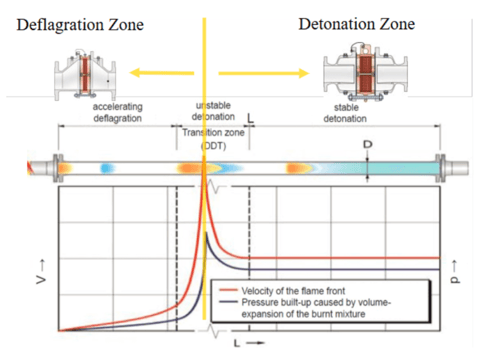
Visual representation of deflagration vs detonation ©Protego
This transitional phase, known as unstable detonation, involves fluctuating pressures and velocities before stabilising into a steady detonation. The point in a pipe where this transition occurs depends on operating pressure, temperature, pipe geometry, and gas characteristics. It is expressed as an L/D ratio – the distance from the ignition source in multiples of the pipe diameter – and must be determined experimentally.
Role of flame arresters
Flame arresters are designed to stop flames from travelling through a pipeline. In-line flame arresters can protect against deflagrations and both stable and unstable detonations, provided they are installed as specified by the manufacturer, according to Germany-based equipment manufacturer Protego.
For in-line deflagration flame arresters, the allowable L/D must not be exceeded. If placed too far from the ignition source, the flame front could transition to a detonation before reaching the arrester, exceeding its design limits.
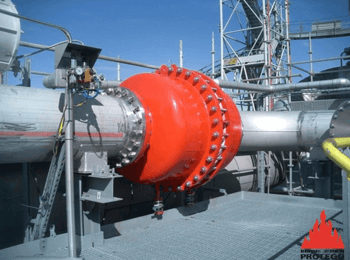
Protego DA-SB-AC detonation flame arrester for acetylene ©Protego
“Correct selection and positioning of flame arresters are critical to maintaining safety in flammable gas handling systems,” said Brad Luckman, Senior Vice President of Global Sales at Protego. “Understanding the fundamentals of flame behaviour in pipelines ensures the right protective measures are in place.”
Quick explainer: deflagration vs detonation
For more on Protego’s range of flame arresters and their applications, click here.



